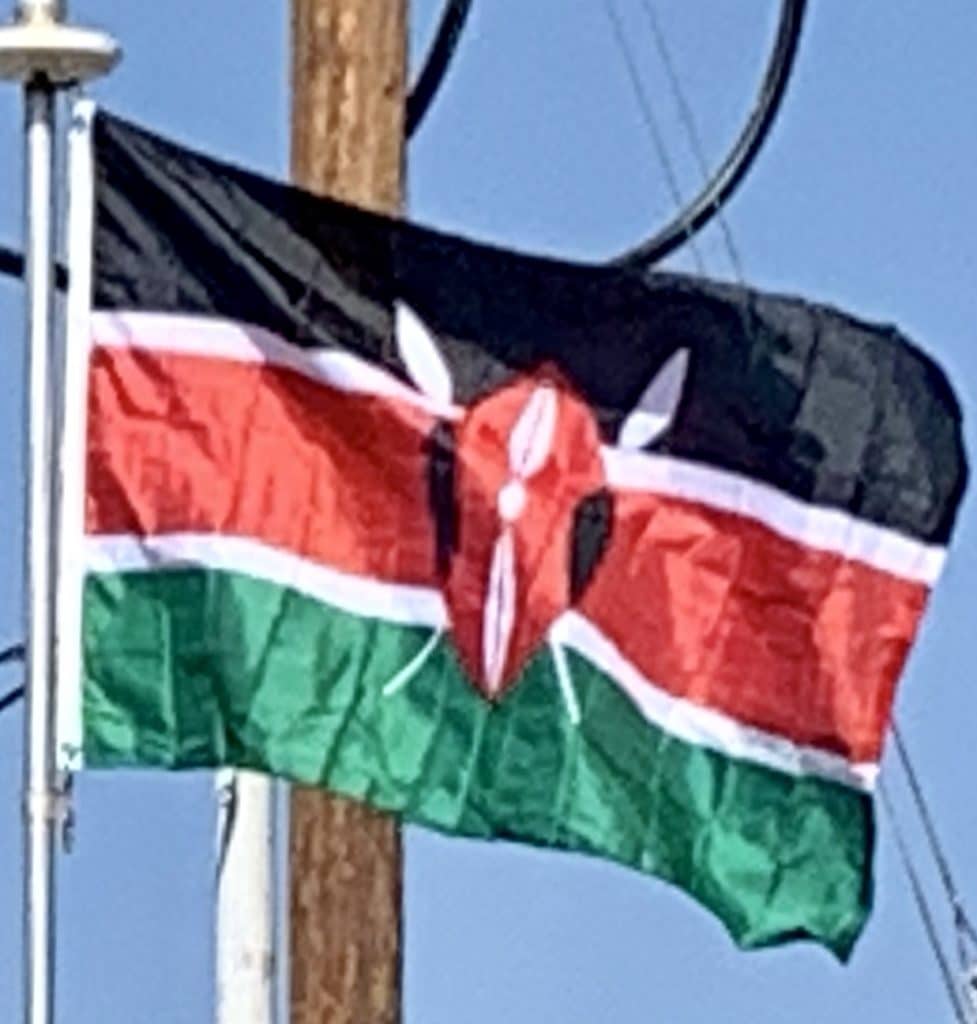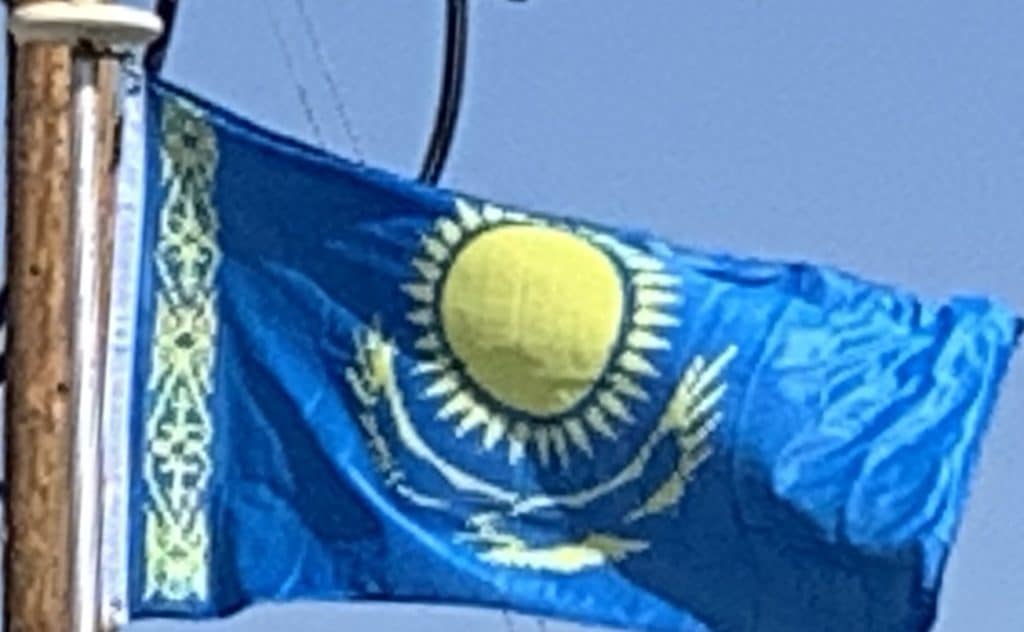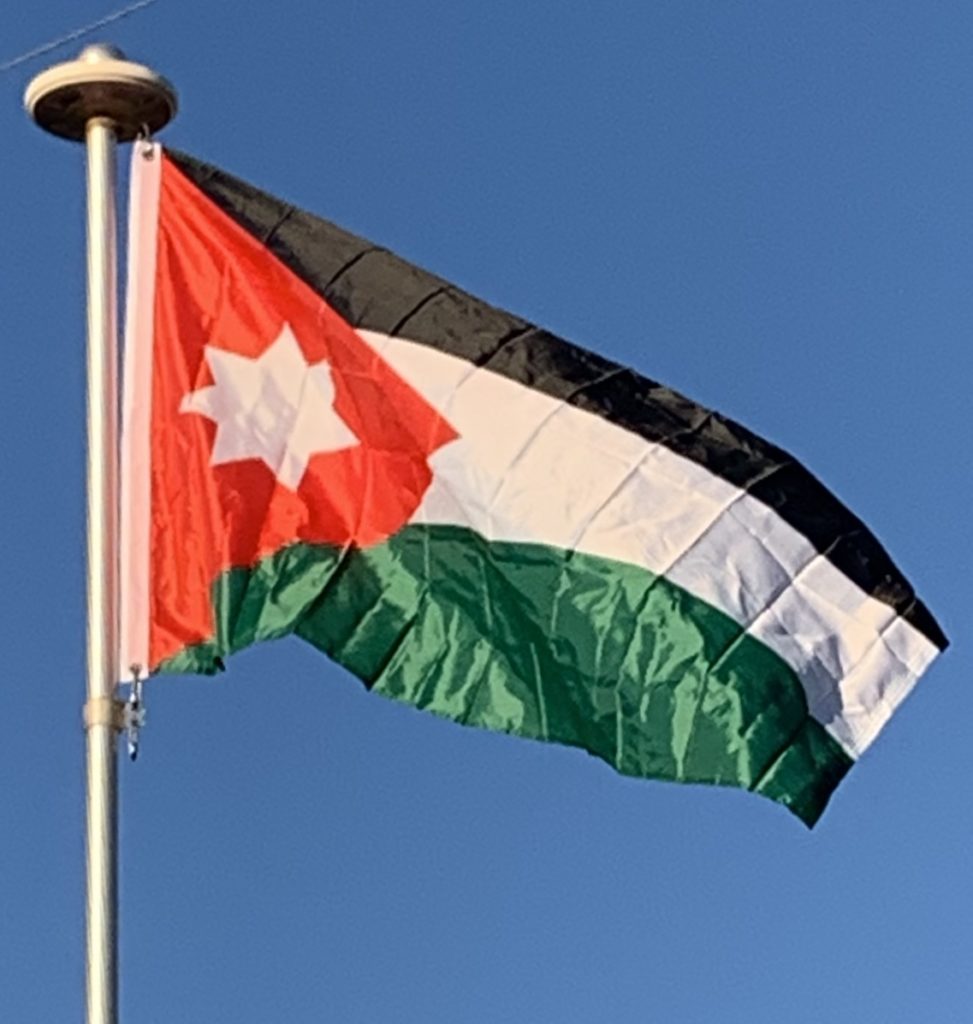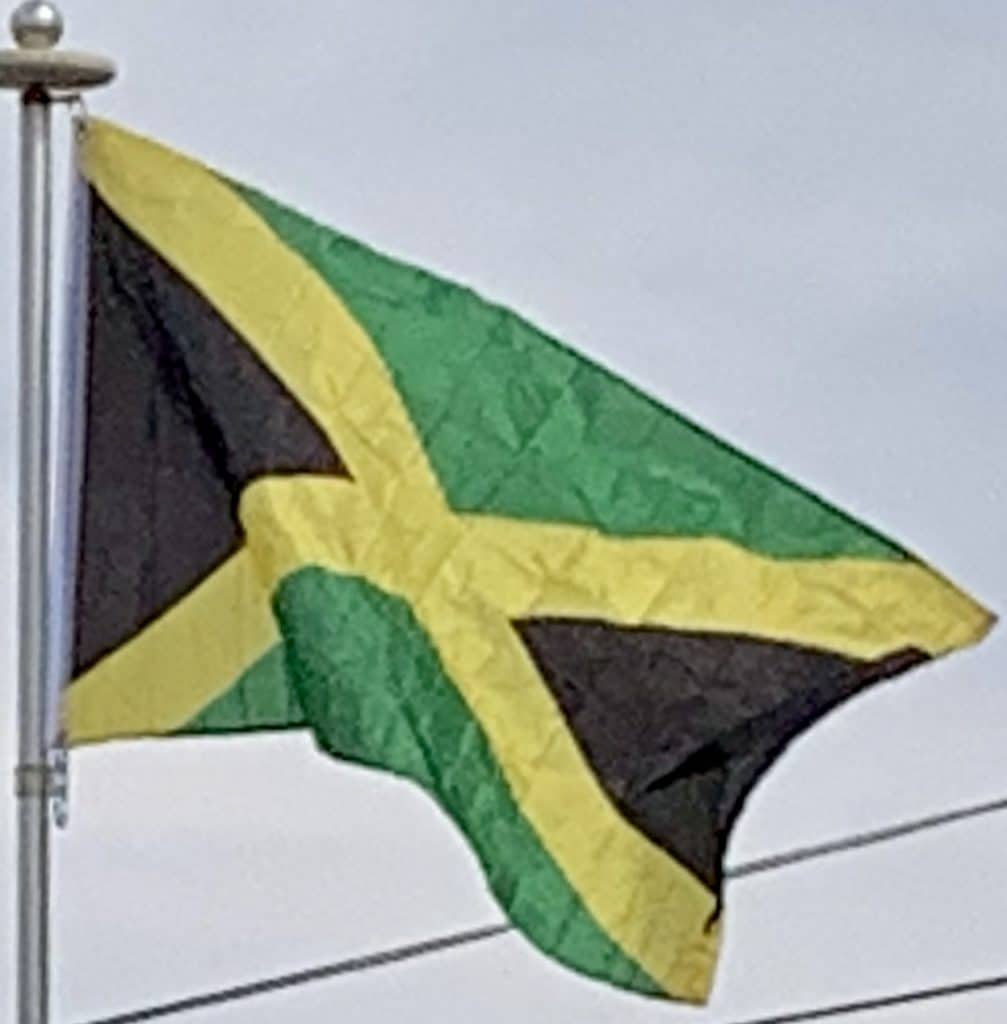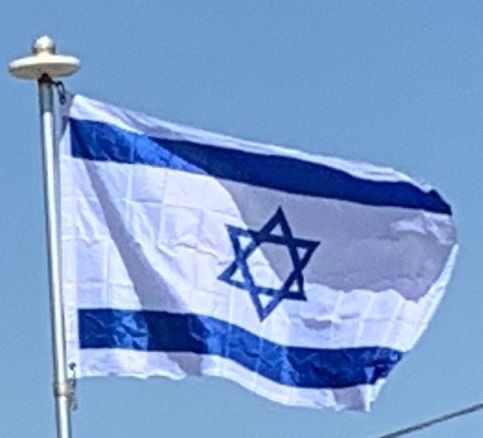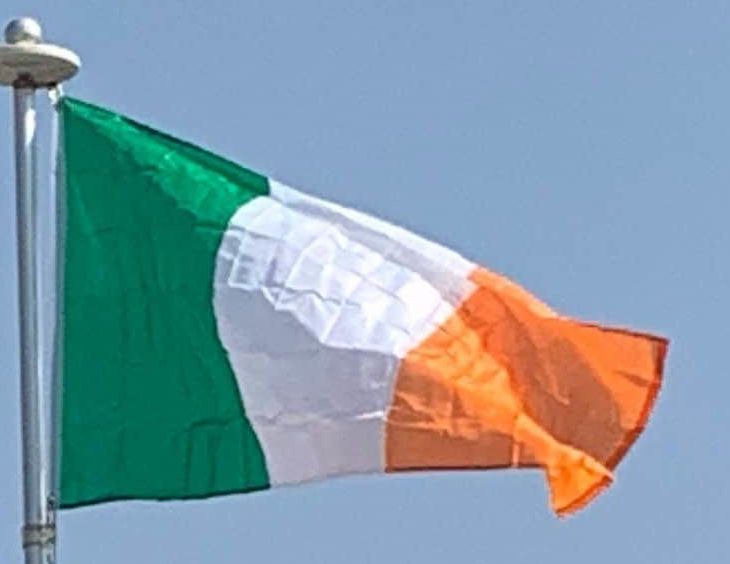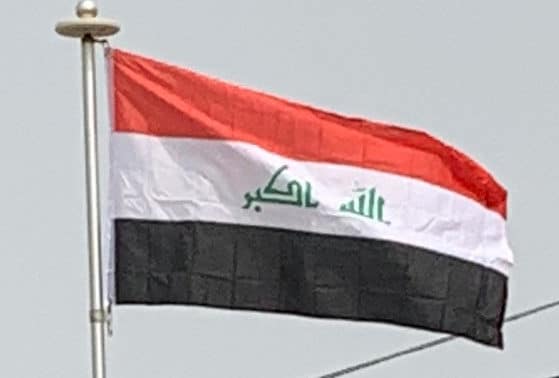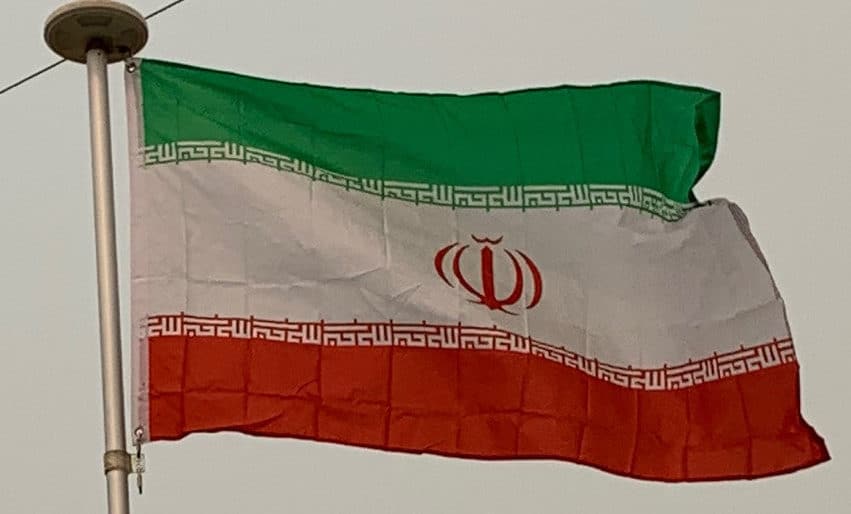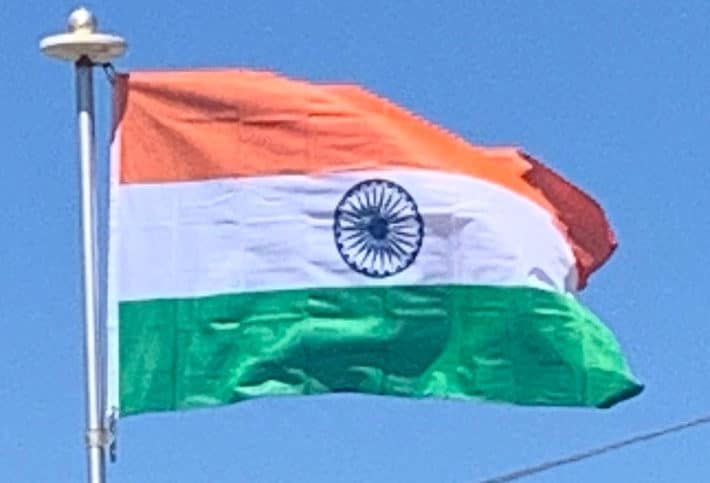political
Kazakhstan
The national flag of the Republic of Kazakhstan has a gold sun with 32 rays above a soaring golden steppe eagle, both centered on a sky blue background; the hoist side displays a national ornamental pattern “koshkar-muiz” (the horns of the ram) in gold; the blue color is of religious significance to the Turkic peoples of the country, and so symbolizes cultural and ethnic unity; it also represents the endless sky as well as water; the sun, a source of life and energy, exemplifies wealth and plenitude; the sun’s rays are shaped like grain, which is the basis of abundance and prosperity; the eagle has appeared on the flags of Kazakh tribes for centuries and represents freedom, power, and the flight to the future.
Jordan
The flag of Jordan, officially adopted on 16 April 1928, is based on the 1917 flag of the Arab Revolt against the Ottoman Empire during World War I. The flag consists of horizontal black, white, and green bands that are connected by a red chevron. The colors stand are the Pan-Arab Colors, representing the Abbasid (black band), Umayyad (white band), and Fatimid (green band) caliphates. The red chevron is for the Hashemite dynasty, and the Arab Revolt.
In addition to the bands and chevron, a white star with seven points is featured on the hoist side of the red chevron. The star stands for the unity of the Arab people. Its seven-pointed star refers to the seven verses of Al-Fatiha. The seven points represent faith in one God, humanity, humility, national spirit, virtue, social justice, and aspiration.
Jamaica
The flag of Jamaica was adopted on 6 August 1962 (Jamaican Independence Day), the country having gained independence from the British-protected Federation of the West Indies. The flag consists of a gold saltire, which divides the flag into four sections: two of them green (top and bottom) and two black (hoist and fly). It is currently the only national flag that does not contain the colors red, white, or blue.
Italy
The Tricolour Day, Flag Day dedicated to the Italian flag, is established by law n. 671 of 31 December 1996, which is held every year on 7 January. This celebration commemorates the first official adoption of the tricolour as a national flag by the Cispadane Republic, a Napoleonic sister republic of Revolutionary France, which took place in Reggio Emilia on 7 January 1797. The Italian national colours appeared for the first time in Genoa on a tricolour cockade on 21 August 1789, anticipating by seven years the first green, white and red Italian military war flag, which was adopted by the Lombard Legion on 11 October 1796.
Israel
The flag of Israel was adopted on 28 October 1948, five months after the establishment of the State of Israel. It depicts a blue Star of David on a white background, between two horizontal blue stripes.
The blue colour is described as “dark sky-blue”, and varies from flag to flag, ranging from a hue of pure blue, sometimes shaded almost as dark as navy blue, to hues about 75% toward pure cyan and shades as light as very light blue.
The flag was designed for the Zionist Movement in 1891. The basic design recalls the Tallit (טַלִּית), the Jewish prayer shawl, which is white with black or blue stripes. The symbol in the center represents the Star of David (Magen David, מָגֵן דָּוִד), a Jewish symbol dating from late medieval Prague, which was adopted by the First Zionist Congress in 1897.
Ireland
The national flag of Ireland (Irish: bratach na hÉireann), frequently referred to in Ireland as ‘the tricolour’ (an trídhathach) and elsewhere as the Irish tricolour, is the national flag and ensign of the Republic of Ireland. The flag itself is a vertical tricolour of green (at the hoist), white and orange.[1][2] The proportions of the flag are 1:2 (that is to say, flown horizontally, the flag is half as high as it is wide).
Iraq
The flag of Iraq (Arabic: علم العراق) includes the three equal horizontal red, white, and black stripes of the Arab Liberation flag.
This basic tricolor has been in use since its adoption on 31 July 1963, with several changes to the green symbols in the central white stripes; the most recent version adopted on 29 January 2008 bears the takbīr rendered in dark green. The colours of Iraq’s flag represent 4 different things: Black represents oppression and triumph, White represents bright future and generosity, Red stands for the blood of martyrs, and Green stands for Islam.
Iran
The parliament of Iran, per the 1980 constitution, changed the flag and seal of state insofar as the Lion and Sun were replaced by the red emblem in the centre of the flag. Designed by Hamid Nadimi, and officially approved by Parliament and the Leader Grand Ayatollah Khomeini on 9 May 1980, this emblem is a highly stylized composite of various Islamic elements: a geometrically symmetric form of the word Allah (“God”) and overlapping parts of the phrase lā ʾilāha ʾillā l-Lāh, (There is no God Except Allah), forming a monogram in the form of a tulip it consists of four crescents and a line. The tulip shape of the emblem as a whole memorializes those who have died for Iran and symbolizes the values of patriotism and self-sacrifice, building on a legend that red tulips grow from the shed blood of martyrs.
India
Gandhi first proposed a flag to the Indian National Congress in 1921. The flag was designed by Pingali Venkayya. In the centre was a traditional spinning wheel, symbolising Gandhi’s goal of making Indians self-reliant by fabricating their own clothing, between a red stripe for Hindus and a green stripe for Muslims. The design was then modified to replace red with saffron and to include a white stripe in the centre for other religious communities, and provide a background for the spinning wheel. Subsequently, to avoid sectarian associations with the colour scheme, the three bands were assigned new meanings: courage and sacrifice, peace and truth, and faith and chivalry respectively.
